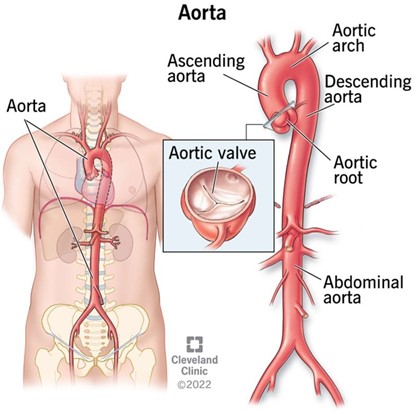Kidneys are part of the lymphatic system:
True
False
The Correct Answer is B
Kidneys are not part of the lymphatic system.
The lymphatic system is a network of vessels and organs that drain excess fluid from the tissues, transport fats and immune cells, and protect the body from infections.
Kidneys are part of the urinary system, which filters blood, regulates fluid and electrolyte balance, and produces urine.
Choice A is wrong because kidneys do not have a direct connection to the lymphatic system.
Although kidneys have lymphatic vessels in their cortex, they do not originate from the lymphatic system.
Kidneys receive blood from the renal arteries and return it to the renal veins.
The lymphatic vessels in the kidney cortex drain interstitial fluid and immune cells from the kidney tissue to the regional lymph nodes.
Some additional sentences are:
Choice B is right because kidneys are part of the urinary system, not the lymphatic system.
The urinary system and the lymphatic system have different functions and structures in the body.
Normal ranges for kidney function tests include blood urea nitrogen (BUN) of 7 to 20 mg/dL, serum creatinine of 0.6 to 1.2 mg/dL, and glomerular filtration rate (GFR) of more than 90 mL/min/1.73 m.
Normal ranges for lymphatic system tests include white blood cell (WBC) count of 4,000 to 11,000 cells per microliter, lymphocyte count of 1,000 to 4,800 cells per microliter, and immunoglobulin levels of IgG (700 to 1,600 mg/dL), IgA (70 to 400 mg/dL), IgM (40 to 230
mg/dL), IgE (0 to 100 IU/mL), and IgD (0.5 to 5 mg/dL).
Nursing Test Bank
Naxlex Comprehensive Predictor Exams
Related Questions
Correct Answer is B
Explanation

The aorta is the largest artery in the human body, as well as the main artery in the circulatory system.
It originates from the left ventricle of the heart and extends down to the abdomen, where it splits into two smaller arteries (the common iliac arteries).
The aorta distributes oxygenated blood to all parts of the body through the systemic circulation.
Choice A. Carotid is wrong because the carotid artery is not the largest artery in the body, but one of the main arteries that pumps blood from the heart to the brain and the rest of the head.
It has a diameter of 4.3 mm-7.7 mm and a blood flow of 350-550 milliliters per minute.
Choice C. Celiac is wrong because the celiac artery is not the largest artery in the body, but a major branch of the abdominal aorta that supplies oxygenated blood to the liver, stomach, spleen, pancreas, and duodenum.
Choice D. Femoral is wrong because the femoral artery is not the largest artery in the body, but the largest artery found in the leg region.
It runs down the inner thigh and carries out the important role of supplying blood to the lower body.
It has a diameter of 6.6 mm and a blood flow of 284 milliliters per minute.
Correct Answer is B
Explanation
Monocytes are a type of agranulocytes, which are white blood cells that lack visible granules in their cytoplasm.
Agranulocytes also include lymphocytes, which are involved in adaptive immunity.
Choice A is wrong because basophils are a type of granulocytes, which are white blood cells that have granules in their cytoplasm.
Granulocytes also include neutrophils and eosinophils, which are involved in innate immunity.
Choice C is wrong because neutrophils are also a type of granulocyte.
Neutrophils are the most abundant white blood cells and are responsible for phagocytizing bacteria and fungi.
Choice D is wrong because eosinophils are also a type of granulocytes. Eosinophils are involved in allergic reactions and parasitic infections.
Normal ranges for white blood cells vary depending on age, gender, and health status, but generally, they are between 4,000 and 11,000 cells per microliter of blood.
Whether you are a student looking to ace your exams or a practicing nurse seeking to enhance your expertise , our nursing education contents will empower you with the confidence and competence to make a difference in the lives of patients and become a respected leader in the healthcare field.
Visit Naxlex, invest in your future and unlock endless possibilities with our unparalleled nursing education contents today
Report Wrong Answer on the Current Question
Do you disagree with the answer? If yes, what is your expected answer? Explain.
Kindly be descriptive with the issue you are facing.
